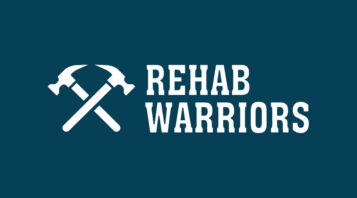Many homeowners are having trouble making mortgage payments these days. Forbearance is one solution to the problem, as it allows you to avoid the risk of foreclosure without paying late fees. This option is most useful when you know that your financial hardship is only temporary.
Overview
A mortgage forbearance allows you to make lower monthly payments or even no payments at all for a specified period of time. It provides temporary debt relief, typically for homeowners experiencing a sudden, unexpected financial setback. The most common reasons for seeking forbearance are job loss, major illness, and natural disasters. Forbearance isn’t a grant or waiver, as you still must make up the reduced or missing payments.
Your mortgage continues to accrue interest during the forbearance period. You also continue to receive statements from the lender, even if you aren’t making payments. This is because mortgage lenders are legally required to provide borrowers with monthly statements, regardless of the borrower’s payment status.
How Do I Qualify for Forbearance?
Homeowners who want forbearance must contact their lender to determine whether they qualify. The type of mortgage and the lender’s own criteria will determine the options that will be available to you. Your lender will then prepare an agreement with specific terms. The most significant terms of the forbearance agreement are the amount of the payment you’ll make during the forbearance period, the length of this period, and the payment schedule after the forbearance period ends. The agreement should also specify whether the forbearance will be reported to the credit bureaus.
How Long Does Forbearance Last?
The primary purpose of mortgage forbearance is to provide debt relief for short-term financial problems, so it typically doesn’t last longer than a year. Some lenders require updates throughout the forbearance, although this isn’t universal. Your lender will explain your options if it looks like you need more time or a different type of financial assistance.
What Happens When a Forbearance Ends?
You need to repay your lender according to the terms of your agreement once the forbearance period ends. Your repayment options generally consist of reinstatement, a repayment plan, or an extension. With a reinstatement, you repay all of the missed payments in a single lump sum after the forbearance period ends. A repayment plan adds a fixed amount to your regular monthly payments to recover the missed payments. An extension increases the term of your original mortgage as needed to cover the additional amount you owe.
Will Forbearance Impact My Financial Future?
Lenders typically will report your forbearance to the major credit bureaus unless they specifically agree not to in your forbearance agreement. Because credit agencies will reduce your credit score in response to a forbearance, you’ll probably need some time afterward to rebuild your credit before you’ll be able to qualify for a new home loan. Lenders will generally want to ensure that you’ve fully recovered from your financial setback before approving another loan for you. A full year of on-time payments after a forbearance will usually satisfy most lenders.
Key Takeaways
Many homeowners are struggling to make mortgage payments these days, but there are ways out of the stressful situation. To learn more about forbearance, how it works, and what your options are, talk to a financial advisor today.



















